Kung Fu
Chinese Kung Fu, also known as the traditional Chinese martial arts, is another name for "martial arts" in the late Qin Dynasty. It is the crystallization of the wisdom of the Chinese nation, the embodiment of the traditional Chinese culture, and the unique "martial arts" in the world. It pays attention to the combination of hardness and softness, both internal and external maintenance, both the appearance of virility and beauty, more elegant and profound connotation, contains the philosophers of life and understanding of the universe, is a valuable cultural heritage accumulated by the Chinese working people for a long time.
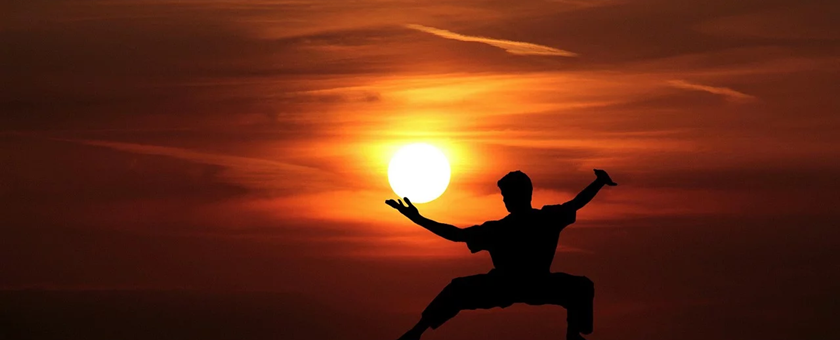
History
In order to survive in extremely harsh environments, our primitive Chinese ancestors developed major defensive and offensive means, including jumping, rolling and kicking. Although they knew how to fight with crude weapons made of stone and wood, fighting with bare hands and fists became a basic skill. Kung Fu as we know it today dates back to the Shang and Zhou Dynasties (17th century bc-256bc). During the following Qin Dynasty (221-207 BC) and Han Dynasty (202-220 BC), wrestling, fencing, and spear technology were well developed and were popular among both civilians and the military. After the Song Dynasty (960-1279), various genres, boxing styles, action routines and weapon skills flourished.
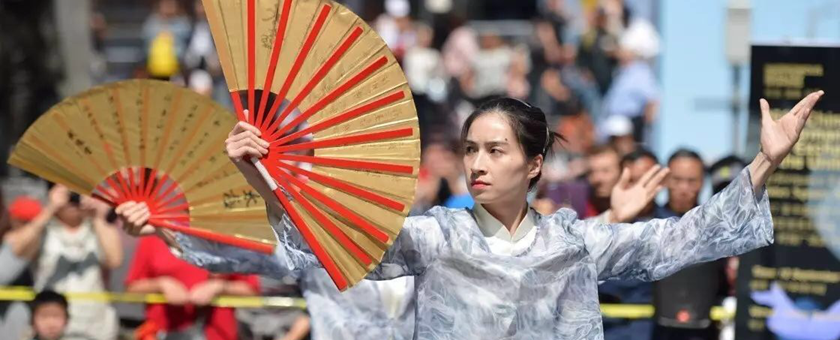
Function of Chinese Kung Fun
Chinese martial arts have many styles of fighting that have developed in China over the centuries. People practice martial arts mainly for fitness or defense. Today, Wushu is regarded as one of the four national treasures of China, the others being traditional Chinese medicine, Peking Opera and calligraphy. Today, they are still popular among Chinese people of all ethnic groups.

Weapon Forms
There are more than 400 kinds of ancient Chinese weapons, each with different methods of use, but only 18 kinds of standard weapons are usually seen in martial arts competitions. Sometimes, practitioners combine two weapons into one form, or make variations that involve two identical weapons. In the competition, the common weapons are: broadsword, straight sword, spear, staff, scimitar, double sword, double hook sword, rope dart, hammer, three-section stick, two-section stick, dagger, double short stick and so on.
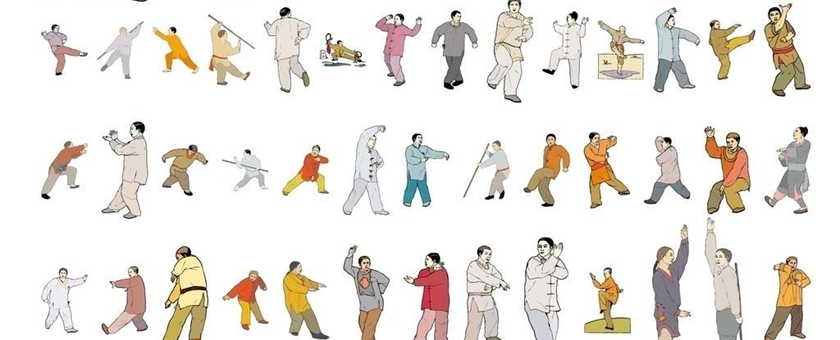
Types
After centuries of development in China, Kung Fu has become a large system that encompasses various schools or sects. It is recorded that there are more than 300 different boxing sports in different parts of the country. The styles of northern and southern China are very different. Therefore, it is difficult to categorize simply. Here are some of the most prominent and influential:
1. Qigong
As a branch of Chinese martial arts, Qigong is an ancient Chinese health care system that combines body posture, breathing techniques and concentration. The history of Chinese Qigong began outside the written records, in the fog of prehistory. The earliest estimates suggest that the practice of self-improvement and empowerment dates back to the time of the Chinese Shaman in 500 BC.
The word "Qigong" in Chinese is a combination of the two words "Qi" and "Gong". Qi is vitality, energy or vitality, while Gong means practice, cultivation and perfection. The two words together, Qigong, mean to cultivate energy to maintain health, heal and increase vitality. Qigong is not a panacea, but it is a very effective method of health care.
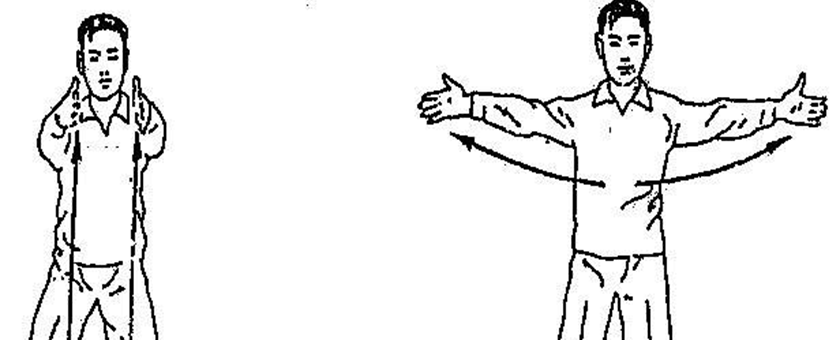
2. Bagua Palm
Bagua Palm, also known as God Bagua Palm or Bagua Lotus Palm, is a boxing style that emphasizes the diversity of palm techniques and movements. As the boxing movement can be divided into eight directions, similar to the "Zhouyi Bagua", hence the name.
Bagua Palm was created by Dong Haichuan from Wenan, Hebei Province in the Qin Dynasty. Inspired by "yi", Dong Haichuan creatively integrated a series of movements to create Bagua Palm. He used to be a boxer of Su Wangfu, and the boxing method was first spread in Beijing. Hundreds of years later, it has spread in China and abroad.
Pattern: upside palm, downside palm, vertical palm, crossing palm, cut palm, top palm. The pattern may vary from place to place. In some places, lion, deer, snack, snipe, dragon, bear, phoenix, monkey and so on represent eight palm lines.
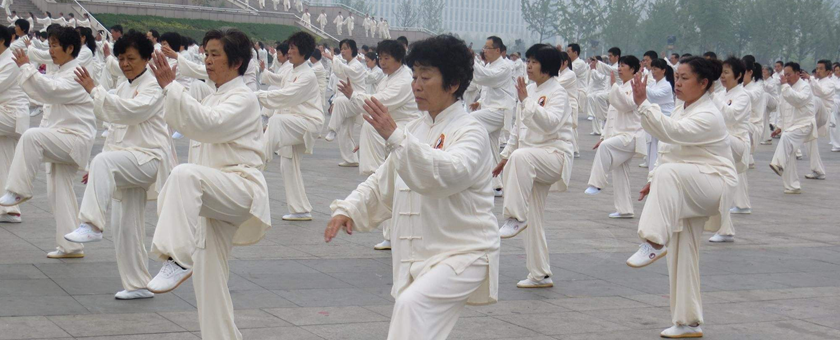
3. Shaolin Kung Fu
Shaolin Kung Fu originated from the unique Buddhist cultural environment of Shaolin Temple in Songshan, has a long history. It is one of the ways that Shaolin monks practice Zen Buddhism. The soul of Shaolin Kung Fu is rooted in the wisdom of Zen, which embodies a thorough understanding of life. Shaolin Kung Fu has the longest history, the most complete system and the largest scale among many Chinese martial arts schools. The design and arrangement of Shaolin Kung Fu movements are based on the knowledge of ancient Chinese medicine.
Shaolin Kung Fu consists of fast changing postures and solid and powerful movements. Taiji is characterized by "conquering movement with stillness, conquering strength with softness, avoiding" reality "and attacking" reality ". The research of the school on Changquan, Chaquan, Huaquan, Paoquan, Hongquan, Fanziquan, Chuojue, Baji, Shuihuquan, 36 styles Songjiangquan, 72 styles Yanqing Wuxingquan, Sunbinguai and so on are very fruitful. The school has also made a great contribution to their development. They impressed the world with their stability in position and their lightness and agility in movement. All these, routines and styles are taught by masters of Songjiang Martial Arts School.
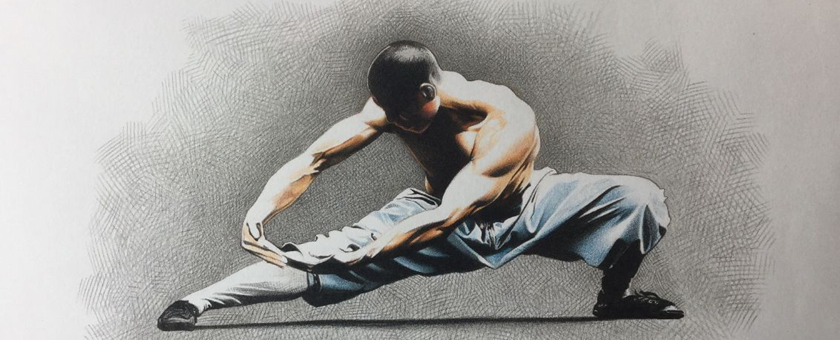
4. Taiji
Taiji is the main branch of Chinese martial arts. Tai means "supreme" and Ji means "ultimate". Taiji, whose philosophy has its roots in Taoism, is considered an internal martial art that utilizes internal energy,. Taoism is the oldest philosophy in China, represented by the famous symbol of Yin and Yang, which expresses the continuous flow of qi in the form of circular movement, producing two opposing positive and negative forces that influence and balance each other to produce existence. To the world of physics and metaphysics.
The most famous forms of Taiji practiced today are the Chen, Yang, Wu and Sun styles. All five styles can be traced back to Chen Tai Chi. According to historical records, Tai Chi was founded by Chen Wangting (1597-1664), who now lives in Chen Village, Henan Province, China. Based on the Chen style, created by Yang Lu Chan from Hebei Province during the Qin Dynasty, it has become the most popular style in the world. The Wu style is based on the Chen and Yang styles and was created by Wu Yuxing.
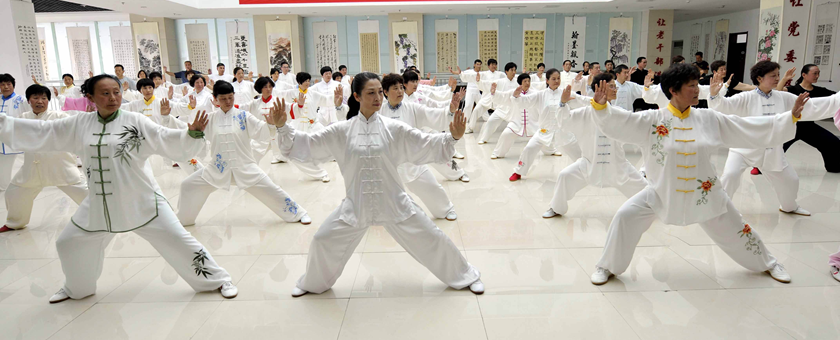
5. Wudang Kung Fu
This set of Kung Fu originates from the Wudang school of Wuliang Mountain in Yunnan Province. Similar to Taiji, it uses many forms of Taiji and Changquan. Its movements are firm and gentle. When playing, each part of the body is an organic unity, giving a unique sense of oppression and flexibility.

Kung Fu Movies
Kung Fu films have become increasingly popular since the 1970s. From Fist of Fury, Enter the Dragon, Shaolin Temple, IP Man, Crouching Tiger Hidden Dragon, Hero and other wonderful films, people can appreciate the charm of martial arts. Famous movie stars include Bruce Lee, the "King of Kung Fu"; Jet Li, who played many roles in many blockbusters and Jackie Chan, known for his outstanding skills in the film industry at home and abroad.

Influence
Chinese Kung Fu has a wide influence in the world. There are not only a large number of Chinese and foreign movies and TV programs on the subject of Chinese Kung Fu, but also Shaolin, Taiji , Wing Chun and other Chinese Kung Fu are widely spread around the world. At present, the Chinese traditional Kung Fu has been fully preserved and developed throughout the country.


 Flow us
Flow us

